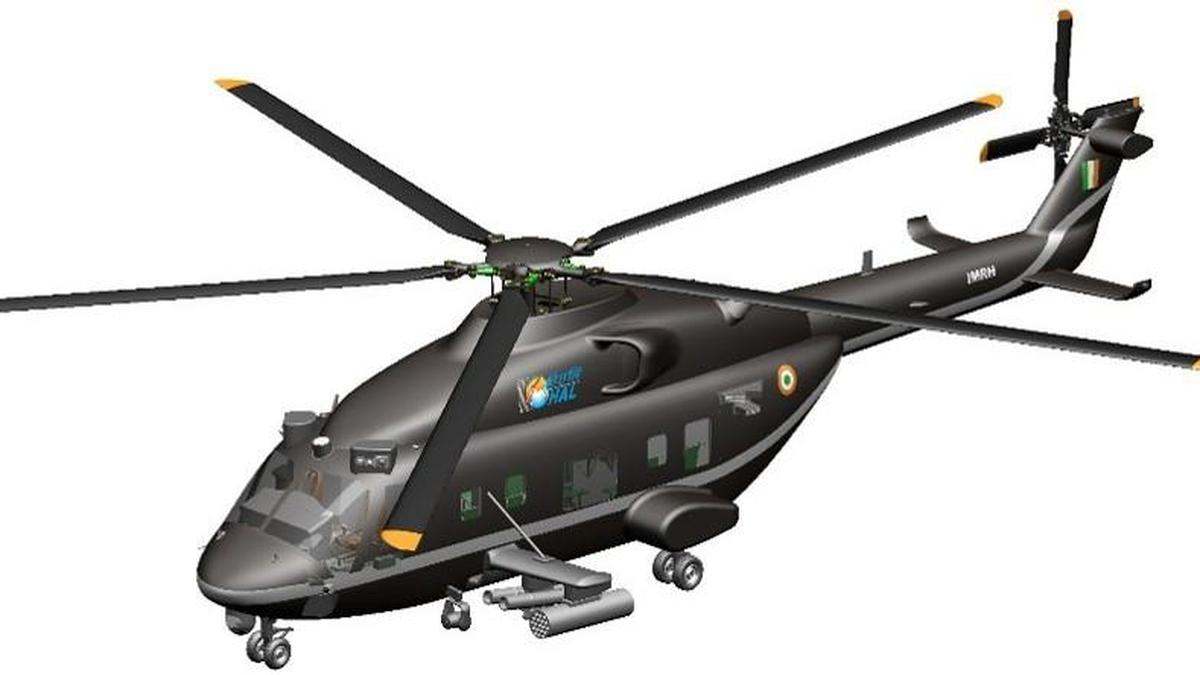Flying Dagger
New Member
- Joined
- Sep 26, 2019
- Messages
- 3,583
- Likes
- 9,444
1. Well to built one as Kamov one you do need that.You don't need a co-axial rotor solution to be able to build an AEW&C helicopter for the IN. It has been done on the Merlin which is around the size that the IMRH will be.
But that AEW&C variant will be the final variant that will be attempted. There are many many steps to be taken before the IMRH even gets that far.
2. Yes one can build the same in traditional open tail rotor or enclosed one , you just need a helicopter big enough. That's not even a question.
And Yes it's a long walk.
Coaxial tail rotor are better suited due to the fact they provide better stability while operating them and the kind of varied regions we operate in they are more safe. Also due to decrease in length they can be operated from smaller helipads.
Ka 226 deal was something we could have learnt a lot if done properly.
Why don't they ever focus on the task at hand? The task is to make IMRH & an attack helicopter with the same lift as Apache & equivalent capabilities. They can sign a deal with either Rolls Royce or GE for RTM 322, T700 GE 701engines. Since we already fly the Apache we anyway need these engines for overhaul & replacement. Tejas too is importing GE engines - just extend the deal. In the background, they can keep developing an engine when that gets ready they can make changes to the design to accommodate the indigenous engine. I guess this line will never be pursued because it just makes too much sense.
IMRH will be base for Apache class attack helicopter. It's been mentioned before. Helicopters are one area where we are doing good albeit a little slow than we need.

